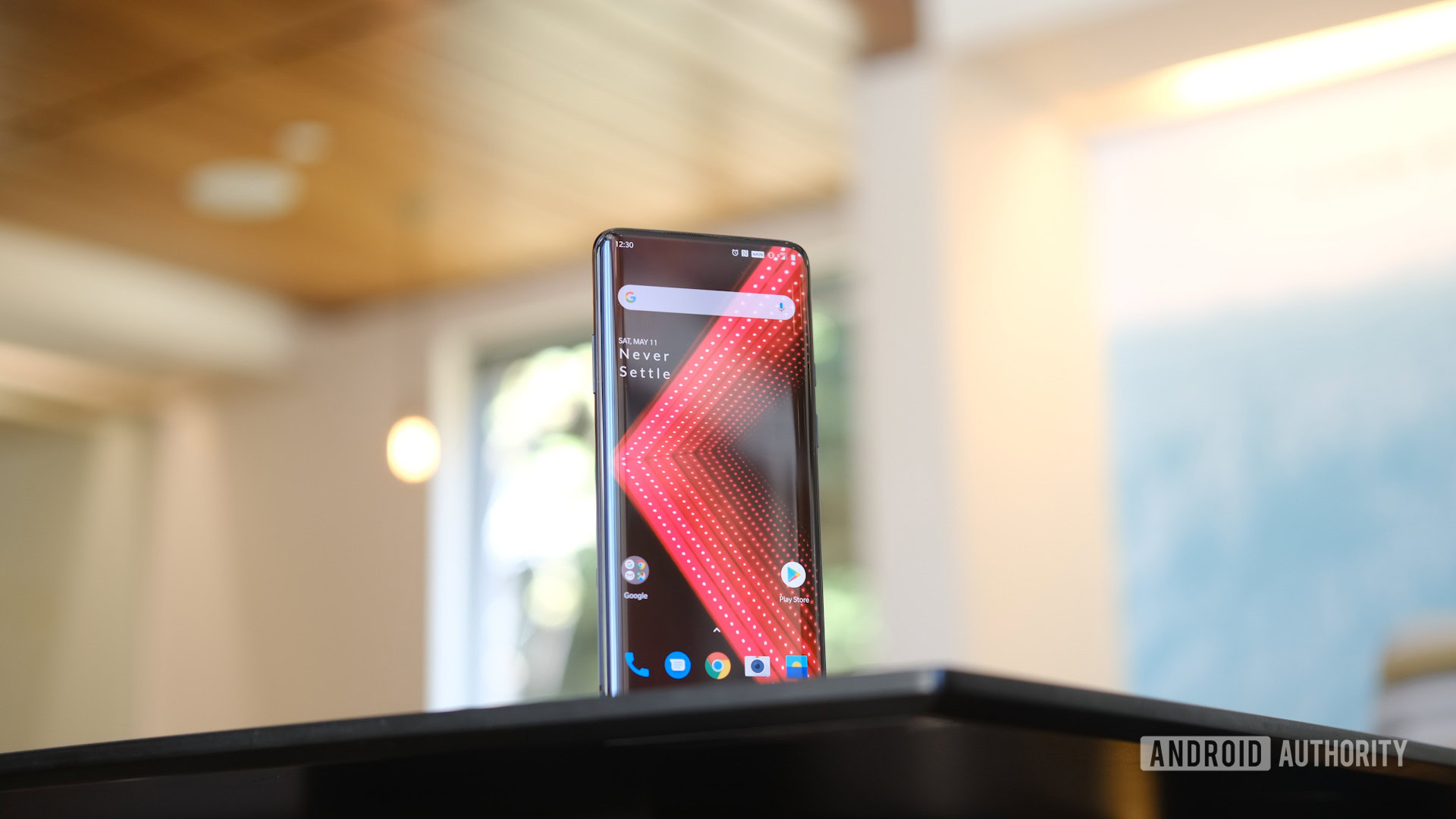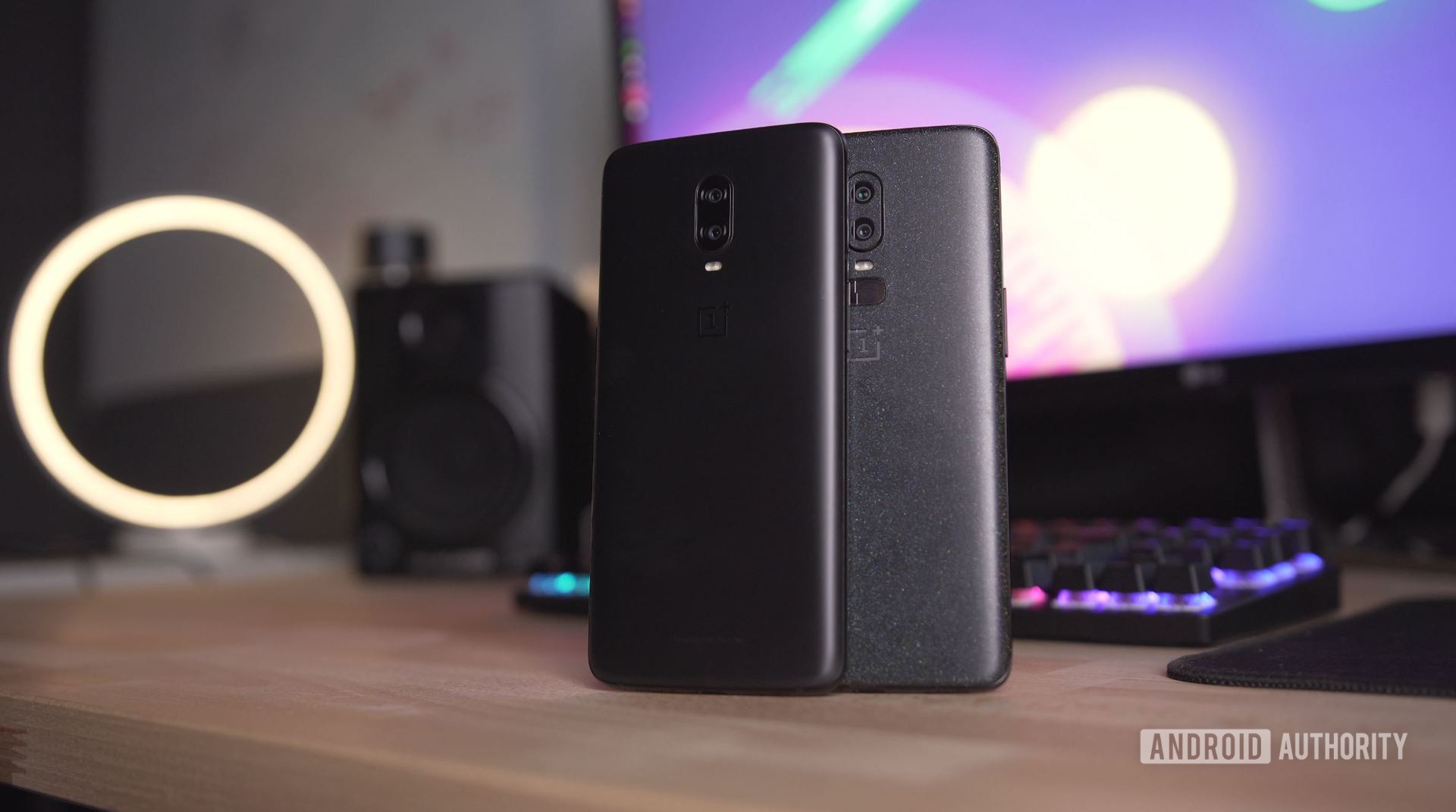Affiliate links on Android Authority may earn us a commission. Learn more.
OnePlus 7 Pro feedback: Here's what OnePlus says about ghost touch, new feature requests
Published onMay 29, 2019

The OnePlus 7 Pro is one of the better smartphones in 2019, thanks to that slick screen, top-end silicon, and pop-up camera. Like any major smartphone though, there are bound to be a few niggles, and the firm has addressed some of these user complaints on its forum.
Starting with battery life, some OnePlus 7 Pro users have complained that the phone’s endurance left them wanting. But OnePlus’s testing so far found that the new phone is in the same ballpark as its previous device.
Read: T-Mobile is quietly testing its 5G network in New York City
“According to our actual test, the OnePlus 7 Pro, with the refresh rate set to 90Hz (which automatically scales down according to content) and intelligent resolution enabled, exhibits a battery life that is greatly improved in comparison with the OnePlus 6, and very close to OnePlus 6T under the same test condition,” the firm noted. Then again, we’d also like to see a test with the new phone’s resolution permanently cranked up.
The company has also responded to the ghost touch issue, which sees phantom touches taking place on the phone’s screen. OnePlus confirmed that it was working on the problem and hoped to solve it as soon as possible.
More OnePlus 7 Pro features?
OnePlus has also responded to two major feature requests, namely an always-on display and ultra-wide video recording.

“It’s still under consideration. We are working on improving power consumption efficiency for this feature before we implement it,” a company representative said regarding an always-on display.
The OnePlus representative said the firm was monitoring demand for ultra-wide recording and would need to investigate its feasibility too. Still, it’s a pretty glaring omission when the likes of Huawei, LG, and Samsung devices all offer this option.
Are there any specific OnePlus 7 Pro issues you’d like addressed by the team? Drop a comment below!
NEXT: MediaTek’s integrated 5G SoC targets affordable flagships